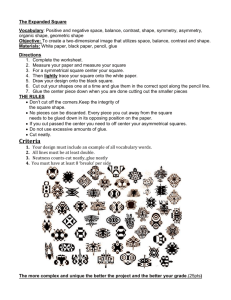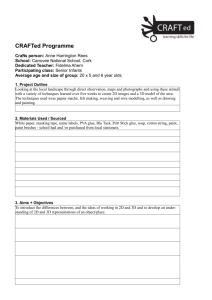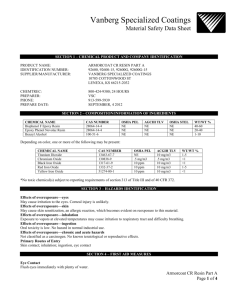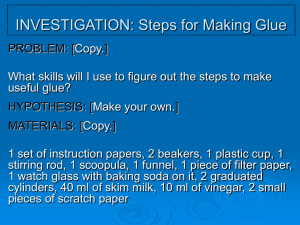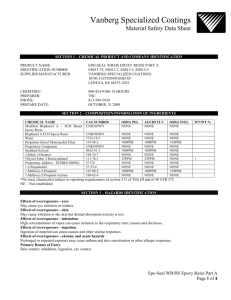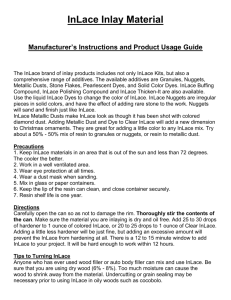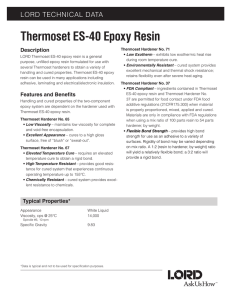The biggest experiment ever?
advertisement
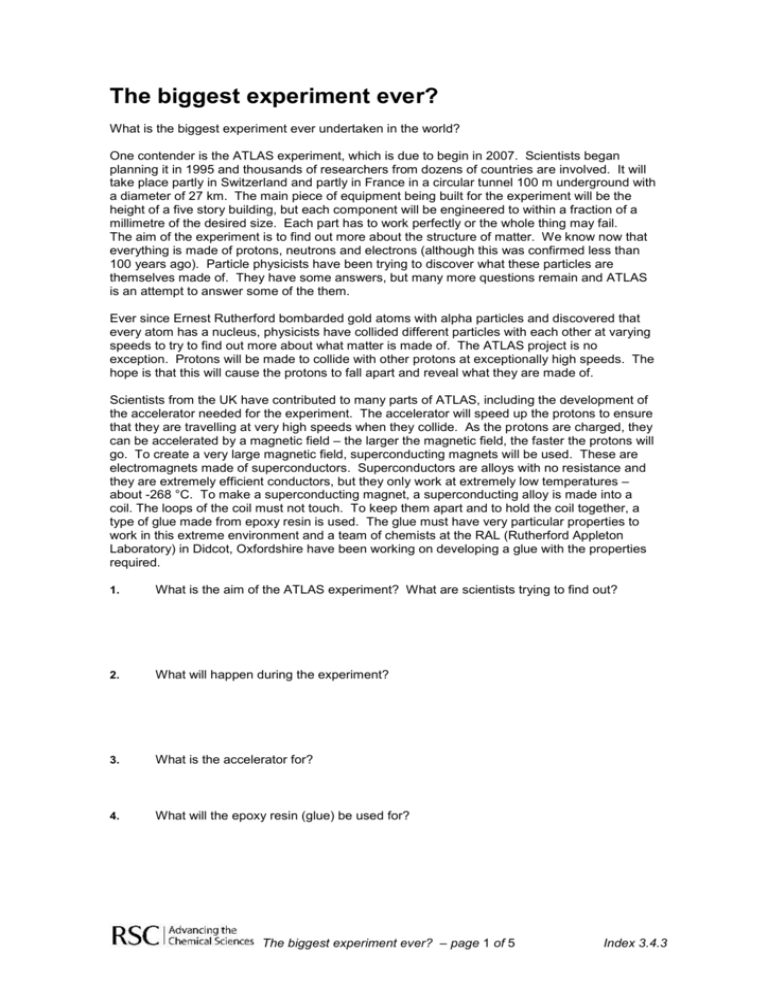
The biggest experiment ever? What is the biggest experiment ever undertaken in the world? One contender is the ATLAS experiment, which is due to begin in 2007. Scientists began planning it in 1995 and thousands of researchers from dozens of countries are involved. It will take place partly in Switzerland and partly in France in a circular tunnel 100 m underground with a diameter of 27 km. The main piece of equipment being built for the experiment will be the height of a five story building, but each component will be engineered to within a fraction of a millimetre of the desired size. Each part has to work perfectly or the whole thing may fail. The aim of the experiment is to find out more about the structure of matter. We know now that everything is made of protons, neutrons and electrons (although this was confirmed less than 100 years ago). Particle physicists have been trying to discover what these particles are themselves made of. They have some answers, but many more questions remain and ATLAS is an attempt to answer some of the them. Ever since Ernest Rutherford bombarded gold atoms with alpha particles and discovered that every atom has a nucleus, physicists have collided different particles with each other at varying speeds to try to find out more about what matter is made of. The ATLAS project is no exception. Protons will be made to collide with other protons at exceptionally high speeds. The hope is that this will cause the protons to fall apart and reveal what they are made of. Scientists from the UK have contributed to many parts of ATLAS, including the development of the accelerator needed for the experiment. The accelerator will speed up the protons to ensure that they are travelling at very high speeds when they collide. As the protons are charged, they can be accelerated by a magnetic field – the larger the magnetic field, the faster the protons will go. To create a very large magnetic field, superconducting magnets will be used. These are electromagnets made of superconductors. Superconductors are alloys with no resistance and they are extremely efficient conductors, but they only work at extremely low temperatures – about -268 °C. To make a superconducting magnet, a superconducting alloy is made into a coil. The loops of the coil must not touch. To keep them apart and to hold the coil together, a type of glue made from epoxy resin is used. The glue must have very particular properties to work in this extreme environment and a team of chemists at the RAL (Rutherford Appleton Laboratory) in Didcot, Oxfordshire have been working on developing a glue with the properties required. 1. What is the aim of the ATLAS experiment? What are scientists trying to find out? 2. What will happen during the experiment? 3. What is the accelerator for? 4. What will the epoxy resin (glue) be used for? The biggest experiment ever? – page 1 of 5 Index 3.4.3 5. What properties might the glue require? The epoxy glue consists of two parts – the epoxy resin and a hardener. The team at RAL started with two glues that are available commercially. Resin A was in both glues but each contained a different hardener. The structures of the resin and the hardeners are shown below. They look at bit complicated but you do not need to understand every single part of the diagrams. The zig-zag lines represent the bonds between the carbon atoms but you do not need to worry about how they are arranged. CH 3 H H H2C CH 2 C C C O O CH 3 Resin A OO O Hardener 1 CH 3 CH 3 CH NH 2 H2N C H2 5 Hardener 2 The hardener reacts with the epoxy resin to make a cross-linked polymer. This is the glue. The properties required for the glue are: Low viscosity (not too sticky) Good insulator Long working time (does not set too quickly) – at least 10 hours Not brittle. Remember that this glue will be used between the coils of the electromagnet. It will be at about 100 °C when the coil is put together and will be working at about -268 °C. The biggest experiment ever? – page 2 of 5 Index 3.4.3 6. Explain why the glue will need each of the four properties above. 7. What do the brackets with the number five outside in the structure of hardener 2 represent? (Hint: Think about polymers.) Resin A and Hardener 1 give a glue with three of the right properties, but it is too brittle. If it cracks, the coils of the electromagnet may touch each other. This would result in a short circuit which would heat up the magnet. If the magnet rises above -268 °C then it stops being a superconductor and can no longer produce the magnetic force required to accelerate the protons. The whole ATLAS experiment could fail if the glue cracks so this is not acceptable. A glue made of resin A and Hardener 2 has the required flexibility. However, its working time is only about 30 minutes. This is not long enough to finish making the coils of the electromagnet. A new glue system is needed. The team at RAL tried many different glue systems. Eventually they found one with the properties they want. They used a mixture of Resin B and Resin C. This gave the level of flexibility they required. H C H2C H H C CH 2 C O O H Resin B The biggest experiment ever? – page 3 of 5 Index 3.4.3 CH 3 H C H2C C H2 CH 2 O 5 CH 3 H C C CH3 C H2 5 CH 2 O CH 3 H C H2C C H2 5 CH 2 O Resin C 8. How is Resin B different from Resin A? 9. What unusal group of three atoms do all three resins share? Draw it. This group is called the epoxy group. It gives the glues their name (epoxy resins). As it is very reactive, it helps the glues to set. This is the part of the resins that reacts with the hardener to make a polymer. 10. Either Hardener 2 or Resin C can be used to give the finished glue more flexibility. What group of atoms do they share and why might this group give flexibility? The biggest experiment ever? – page 4 of 5 Index 3.4.3 NH2 NH 2 Hardener 3 11. What unusual group of atoms do Hardeners 2 and 3 share? The biggest experiment ever? – page 5 of 5 Index 3.4.3



